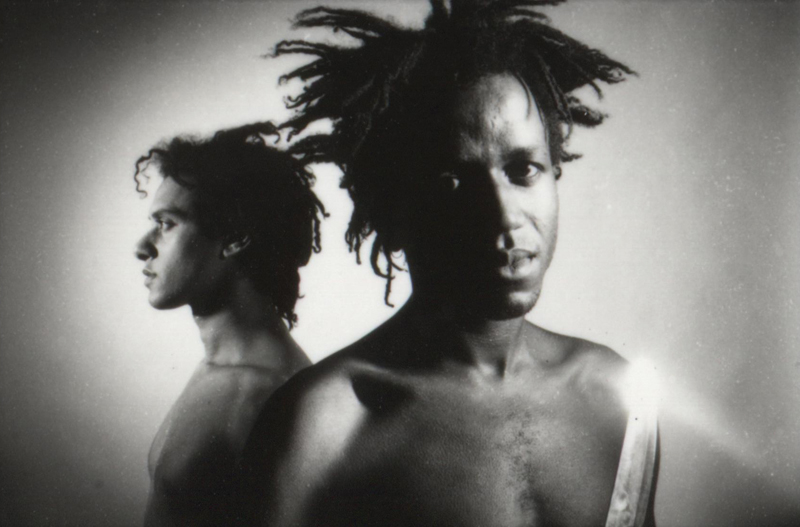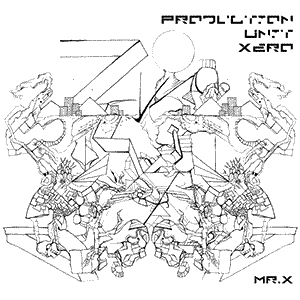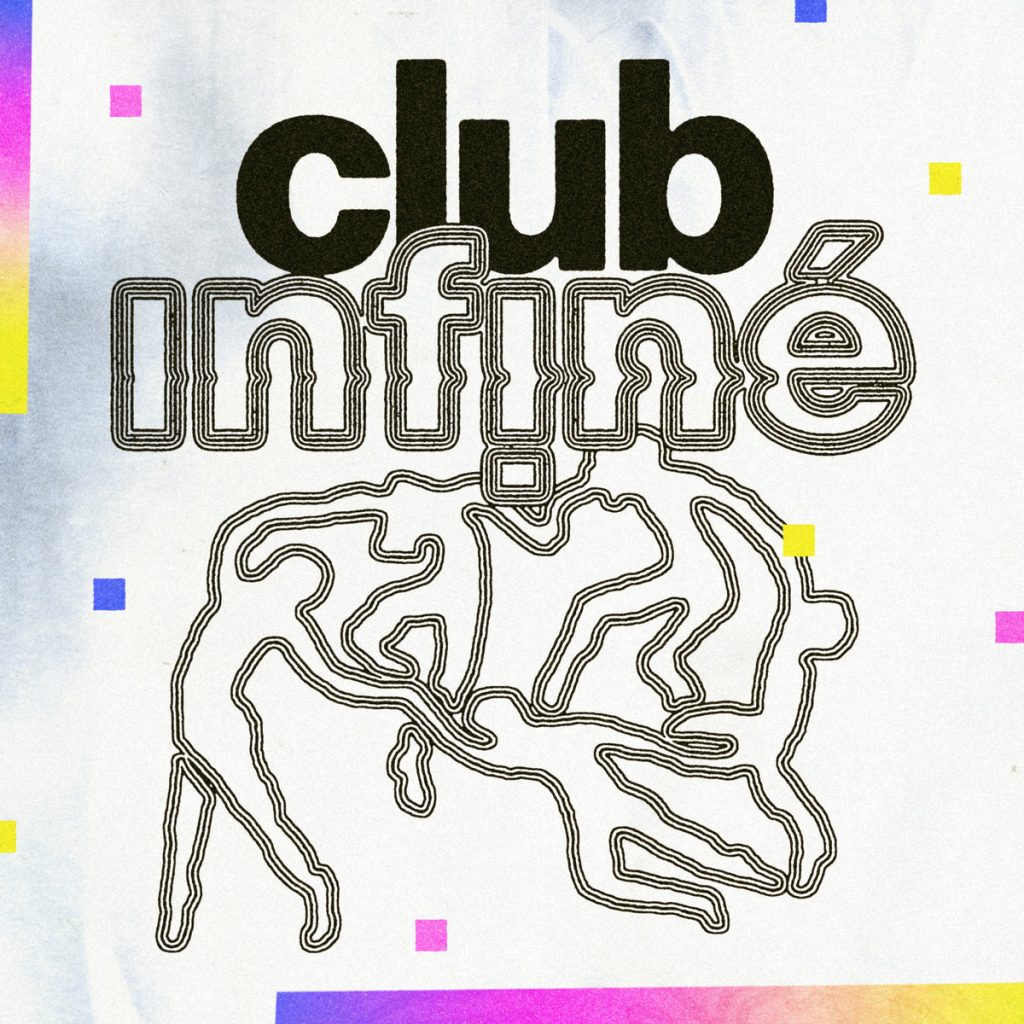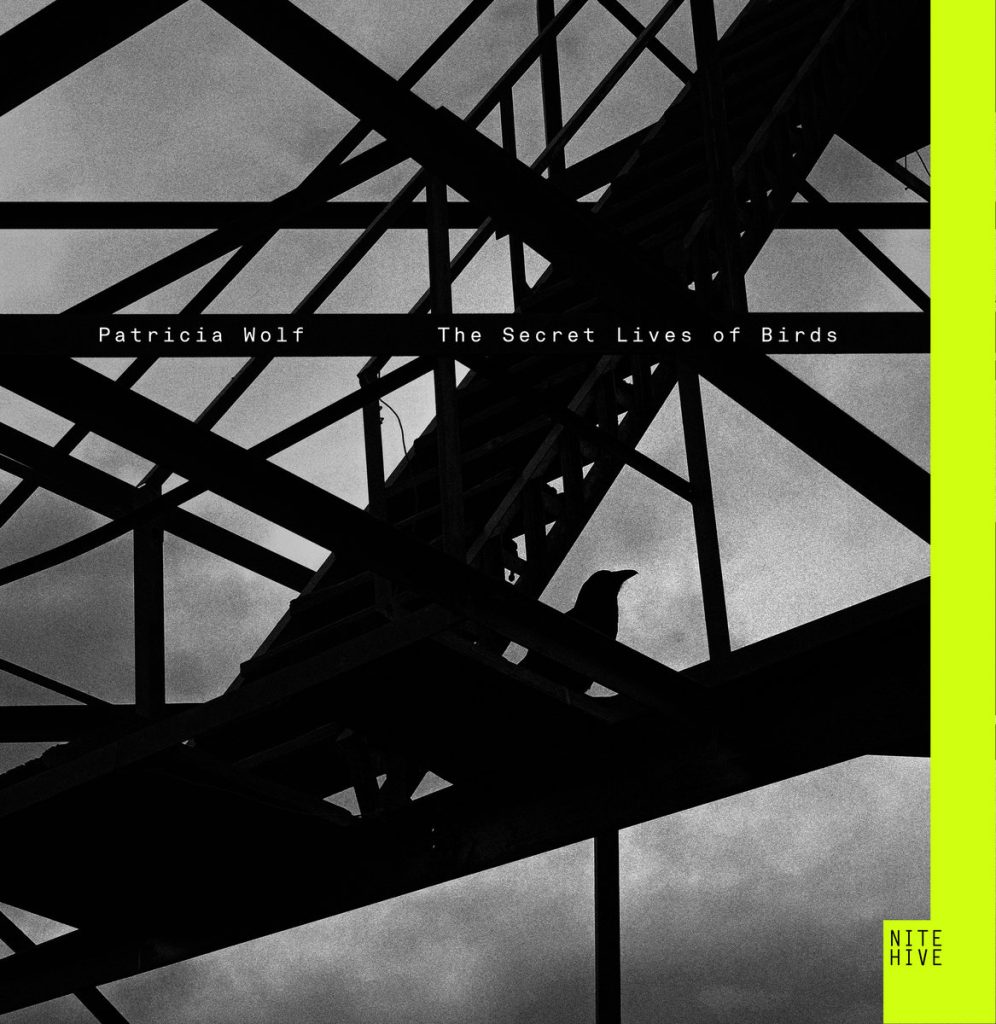Artist Spotlight: A.R. Kane

A.R. Kane
“Rudy Tambala and Alex Ayuli by any other UK-immigrated government names. Two barely legal art-damaged aristos raised in cockney-sprechen East London.
G Tate
Two dope boyz who’d claimed each other as best friends around age 8 and who, in 1986, claimed all the aforementioned hallmarks of Black Alienation, Black Rage, Black Silence, Black Noise and Black Ragga as their sonorous and luminous own.”
A.R. Kane was a British musical duo formed in 1986 by Alex Ayuli and Rudy Tambala. Emerging from the East London independent music scene, A.R. Kane was a key contributor to the development of the shoegaze genre, while also integrating elements of dream pop, noise, and dub into their unique and genre-defying sound.
Alex Ayuli, an advertising executive, and Rudy Tambala, a biochemistry student, first came together to form A.R. Kane following a chance meeting at a party. Their initial musical inspirations included various artists such as Cocteau Twins, Miles Davis, and Lee “Scratch” Perry, which influenced the diverse soundscape of their music.
In 1987, the duo released their debut single “When You’re Sad” on the One Little Indian record label. They then caught the attention of 4AD label head Ivo Watts-Russell, leading to the release of the “Lollita” EP. The EP’s unique blend of noise, dub, and psychedelic influences garnered the duo significant attention and acclaim.
A.R. Kane’s early success led to a collaboration with labelmates Colourbox, resulting in the club hit “Pump Up The Volume” under the name M/A/R/R/S. The song was a milestone in UK dance music, reaching number one on the UK Singles Chart and introducing the “cut-and-paste” sampling techniques that would come to define much of late ’80s and ’90s dance music.
Following the success of “Pump Up The Volume,” A.R. Kane released their debut album “69” in 1988. This album marked a departure from their earlier dance-oriented work, as the duo delved deeper into their blend of dreamy textures, feedback-drenched guitar work, and exploratory production techniques. The album, met with critical acclaim, was characterized by its ethereal soundscapes and innovative use of guitar feedback and electronic textures, making it a foundational work in the shoegaze genre.
In 1989, A.R. Kane released the album “i,” which expanded their sound further by incorporating elements of house, dub, and pop. This album, although not as critically celebrated as its predecessor, continued to display the duo’s diverse musical palette and their ability to seamlessly blend genres.
Despite their increasing popularity, A.R. Kane remained relatively elusive, giving few interviews and making limited live appearances. This elusive nature, coupled with their unique sound, led to them being labeled as the “most 1980s of all bands” by music critic Simon Reynolds.
After the release of “i,” A.R. Kane’s activity slowed. They released the EP “Americana” in 1992, and their final album “New Clear Child” in 1994, before eventually disbanding.
A.R. Kane’s impact on the music landscape is profound. Their dreamy, feedback-drenched sound played a critical role in the formation of the shoegaze genre, and their willingness to incorporate a wide range of influences into their music helped broaden the possibilities of what pop music could be. Despite their relatively brief career, A.R. Kane left a significant legacy that continues to influence and inspire artists today. Their musical journey is a testament to their visionary approach to music-making, displaying how the exploration of sound can lead to the creation of new genres and sonic possibilities.
Works
- “69” (1988): The debut album by A.R. Kane, “69” is often considered a cornerstone of the shoegaze genre. It masterfully blends dreamy melodies, atmospheric soundscapes, and heavy guitar feedback. Tracks like “Crazy Blue” and “Suicide Kiss” are standout moments that capture the album’s introspective mood and innovative sound design. “69” is acclaimed for its ambitious experimentation, successfully fusing elements of dub, psychedelia, and noise into a unique and evocative sonic journey.
- “i” (1989): The duo’s second album continues the innovative spirit of their debut, but it diversifies their sound even further. “i” incorporates elements of pop, house, and dub, resulting in a genre-defying collection of songs. Notable tracks include “A Love from Outer Space” and “Crack Up,” which showcase the band’s ability to blend infectious rhythms with ethereal soundscapes. While it didn’t achieve the same critical acclaim as “69”, “i” is still regarded as an important release that highlighted the band’s musical versatility and creativity.
- “Americana” (1992): This EP saw A.R. Kane delving deeper into electronic music, with a distinct shift towards a more dance-oriented sound. While it’s a shorter release, “Americana” stands out for its exploration of new sonic territories, demonstrating A.R. Kane’s continuous evolution as artists.
- “New Clear Child” (1994): The duo’s final studio album, “New Clear Child,” saw them returning to the dreamy, guitar-driven sound of their earlier work. It’s a mature and introspective record that effectively blends the atmospheric and experimental elements of their debut with the more accessible pop sensibilities of their later work.
While A.R. Kane’s discography may be brief, it’s marked by constant evolution and experimentation. Their albums are a testament to their innovative approach to music-making, as they continuously explored new sonic landscapes and blurred the boundaries between genres. From pioneering the shoegaze genre to venturing into electronic and dance music, A.R. Kane’s music continues to be influential, with their spirit of creativity and innovation inspiring many artists in the contemporary music scene.




